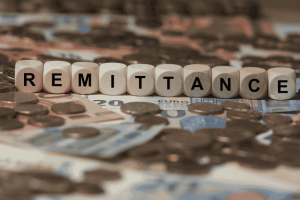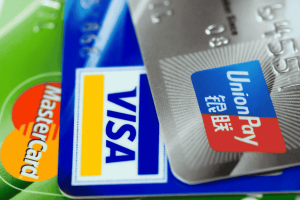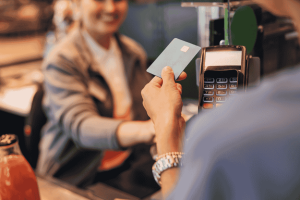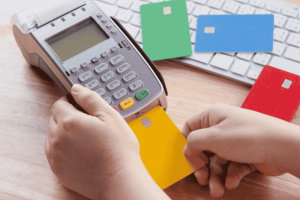Traveling abroad is exciting—new sights, new flavors, and new experiences. But when it comes to managing your money, especially using your credit card in a foreign country, it’s natural to feel a bit anxious. Is it safe? What risks should you watch out for? And how can you protect yourself while enjoying the convenience of cashless payments?
Let’s explore everything you need to know about using your credit card overseas, so you can travel smart and spend with confidence.
Why Use a Credit Card Abroad?
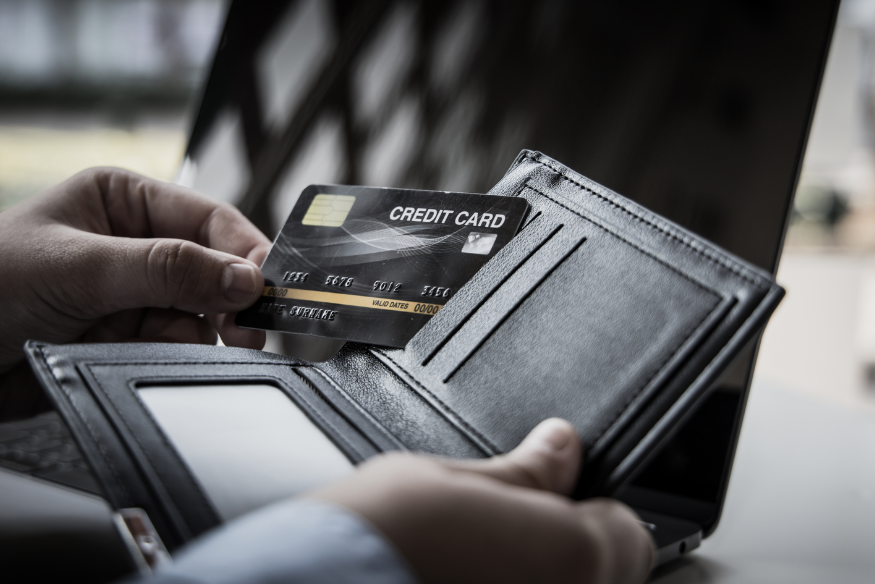
Before exploring the potential risks of using credit cards abroad, it’s helpful to understand why they remain a favorite payment method among international travelers. Credit cards offer a level of convenience that cash simply can’t match—there’s no need to carry large amounts of physical money, which reduces the risk of theft or loss. Additionally, major credit cards are widely accepted in hotels, restaurants, shops, and even many small vendors across most countries, making them a reliable payment option almost anywhere you go.
Another advantage is the favorable exchange rates often offered by credit card companies, which tend to be better than those you’d get exchanging cash at airports or local currency exchange booths. This can save you money over time, especially on larger purchases. Security is also a key benefit: if your card is lost or stolen, you can quickly report it to your bank to block further transactions and request a replacement card. Most credit cards come with robust fraud protection, meaning you’re generally not held responsible for unauthorized charges.
Finally, using your credit card for travel expenses can earn you rewards such as points, airline miles, or cashback. These rewards can be redeemed for future travel, statement credits, or other perks, adding extra value to your spending.
The Main Risks of Using Credit Cards Overseas
While credit cards are generally a secure and convenient way to pay abroad, it’s important to be aware of certain risks to avoid unexpected problems during your travels.
1. Fraud and Skimming
One common threat is card skimming. Criminals install small, discreet devices on ATMs or payment terminals that capture your card information when you swipe or insert your card. This stolen data can then be used for unauthorized purchases or cloning your card.
Additionally, pickpocketing remains a risk—losing your physical card can lead to fraudulent charges if it falls into the wrong hands. Online scams are also prevalent, especially if you book hotels, tours, or transportation through unfamiliar or unverified websites, which might steal your payment details or charge you for fake services.
2. Foreign Transaction Fees
Many banks impose a foreign transaction fee, typically ranging between 1% and 3%, on purchases made in a currency different from your home currency. While it might seem small, these fees can accumulate rapidly, especially if you’re making many purchases or paying for high-value items.
3. Dynamic Currency Conversion (DCC)
Dynamic Currency Conversion is an option some merchants offer at the point of sale, allowing you to be charged in your home currency rather than the local one. Although this might seem convenient, it often comes with poor exchange rates and hidden fees, which increase your overall cost. To avoid this, it’s usually better to pay in the local currency and let your bank handle the currency conversion.
4. Card Blocking
Your bank may flag international transactions as suspicious if they deviate from your usual spending patterns. This can lead to your card being temporarily blocked to prevent fraud, which can be inconvenient if you’re in the middle of your trip. To minimize this, notify your bank of your travel plans before you depart.
5. Acceptance Issues
Not all credit cards are universally accepted, especially in smaller shops, local markets, or rural areas. Some countries or regions favor specific card networks such as Visa, Mastercard, or UnionPay. It’s wise to carry a backup payment method and check beforehand which card brands are widely accepted in your destination.
How to Use Your Credit Card Safely Abroad
Follow these best practices to minimize risks and maximize convenience:
Notify Your Bank Before You Travel
Let your bank know your travel dates and destinations well in advance. This simple step reduces the chances of your card being blocked due to unusual activity when you use it abroad. Many banks have systems that automatically flag foreign transactions, so pre-notification helps ensure smooth usage.
Use Secure ATMs and Payment Terminals
Whenever possible, use ATMs located inside banks, airports, or trusted hotels, as these are less likely to have tampering devices like skimmers. Before inserting your card, inspect the ATM or terminal for anything suspicious or out of place. Avoid standalone or poorly lit machines.
Enable Transaction Alerts
Set up SMS or app notifications to alert you instantly for every transaction made with your card. Real-time alerts help you quickly spot unauthorized purchases and act before any significant loss occurs.
Choose Local Currency When Paying
When paying by card, always select the option to pay in the local currency instead of your home currency. Although it may seem easier to pay in your own currency, this practice often comes with dynamic currency conversion fees and unfavorable exchange rates, making your purchase more expensive.
Carry More Than One Payment Option
Don’t rely on a single credit card. Bring a backup card and some cash in the local currency. This ensures you have alternatives if your primary card is lost, stolen, declined, or not accepted by certain merchants.
Use Contactless Payments When Possible
Tap-to-pay or NFC payments offer an extra layer of security because they encrypt transaction data. These are generally safer than swiping or inserting your card, and they’re often faster and more convenient.
Keep Your Card in Sight
Never hand over your card to a merchant or waiter and lose track of it. Always watch your card during transactions, especially in busy restaurants, bars, or smaller shops where there’s a higher risk of card cloning or unauthorized copying.
Protect Your PIN
When entering your PIN at ATMs or payment terminals, shield the keypad with your hand or body to prevent anyone nearby from seeing it. This simple measure helps protect against “shoulder surfing” and PIN theft.
What to Do If Your Card Is Lost or Stolen
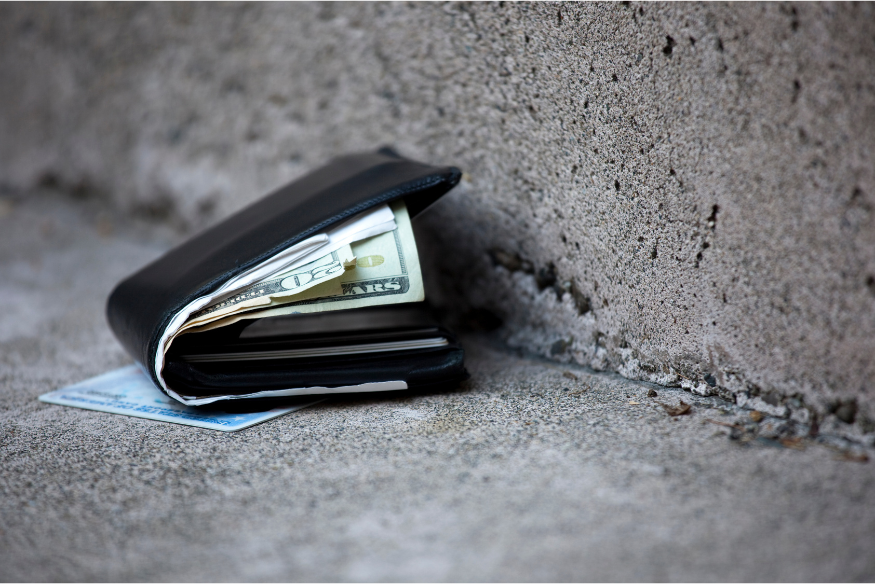
- Contact your bank immediately to block the card.
- Check your account for unauthorized transactions and report them.
- Request a replacement card—many banks can send one to your travel destination.
Tip: Keep a separate list (not in your wallet) of your card numbers and your bank’s international emergency contact numbers.
How to Save on Fees and Get the Best Exchange Rates
Traveling internationally doesn’t have to mean paying excessive fees. To keep more money in your pocket, start by choosing a credit card that waives foreign transaction fees. Many banks offer travel-focused cards specifically designed to save you from these extra charges on purchases abroad.
When paying, always choose to be charged in the local currency rather than your home currency. Although Dynamic Currency Conversion (DCC) might seem convenient, it typically comes with poor exchange rates and hidden fees that add up quickly.
Before you leave, research your destination to confirm which card networks (Visa, Mastercard, etc.) are widely accepted there. This can prevent frustrating declines at stores or ATMs.
For cash withdrawals, it’s best to take out larger sums less frequently to reduce ATM fees. But be mindful not to carry too much cash at once to avoid risks like theft or loss.
Common Mistakes to Avoid
- Using your credit card at unknown or suspicious ATMs and websites can expose your card information to fraud.
- Ignoring transaction alerts or neglecting to review your statements regularly may allow unauthorized charges to go unnoticed.
- Accepting DCC without checking the actual exchange rate usually results in paying more than necessary.
- Relying on just one card or payment method can leave you stranded if that card is lost, stolen, or rejected.
Quick Tips
- Notify your bank before traveling to avoid card blocks.
- Carry at least one backup card and some cash.
- Use contactless payments when possible for added security.
- Monitor your account frequently for any unusual activity.
Quick Checklist: Safe Credit Card Use Abroad
Before you travel, notify your bank about your plans to prevent your card from being blocked due to suspicious activity. Make sure to enable transaction alerts so you receive instant updates on your spending. Always use ATMs located inside banks or other trusted places to avoid skimming.
When making payments, choose to pay in the local currency to avoid extra fees from dynamic currency conversion. It’s a good idea to carry a backup credit card and some cash as a safety net. Regularly monitor your account activity for any unusual transactions. Lastly, keep your bank’s international contact numbers handy in case you need assistance while abroad.
Conclusion: Travel Smart, Spend Safely

Using your credit card abroad can be safe, convenient, and rewarding—if you take a few simple precautions. By staying alert, choosing the right card, and following these tips, you can enjoy your travels without worrying about your finances.
Have you traveled with your credit card recently? Share your experiences or tips in the comments below! And if you found this guide helpful, pass it along to friends and family planning their next adventure. Safe travels and smart spending!




